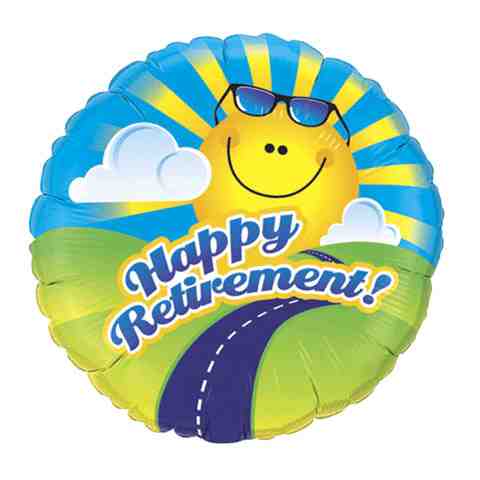 After a lifetime of working, retirement sounds like it would be fun. When you get to retirement there are lots of changes in your life and one of them should be your estate planning. At this point your kids are grown and maybe you have grandchildren. Reworking your will and trusts to include grandchildren and account for other changes in the family can be important.
After a lifetime of working, retirement sounds like it would be fun. When you get to retirement there are lots of changes in your life and one of them should be your estate planning. At this point your kids are grown and maybe you have grandchildren. Reworking your will and trusts to include grandchildren and account for other changes in the family can be important.
Gifting can play a major role in your estate planning. In Minnesota, the estate and gift exemptions are only $1M so annual gifts can be useful in keeping an estate under the $1M threshold. A couple of kids plus spouses, plus a few grandchildren can make for a big gifting base. In 2013 you can gift $14,000 to each person without filing a gift tax return. If you are so inclined, you could gift $14,000 to each person and quickly reduce the assets in your estate.
Another way to change your estate planning is to change the beneficiary designations on your retirement plan accounts. IRAs and 401ks can be a great way to skip generations in your estate planning. When a non-spousal beneficiary receives an IRA or 401k from an estate, they are required to make minimum distributions each year. Those minimum distributions are based on the age of the beneficiary. A 55 year-old child that inherits an IRA will need to withdraw 3.4% each year, while a 25 year-old grandchild only has to withdraw 1.7% each year. That can make a huge difference over time as the account grows tax free. Each family situation is different and the needs of the family and each beneficiary can vary, but it’s important to update your estate planning at each stage of your life.









 After a lifetime of working, retirement sounds like it would be fun. When you get to retirement there are lots of changes in your life and one of them should be your estate planning. At this point your kids are grown and maybe you have grandchildren. Reworking your will and trusts to include grandchildren and account for other changes in the family can be important.
After a lifetime of working, retirement sounds like it would be fun. When you get to retirement there are lots of changes in your life and one of them should be your estate planning. At this point your kids are grown and maybe you have grandchildren. Reworking your will and trusts to include grandchildren and account for other changes in the family can be important.


















Recent Comments